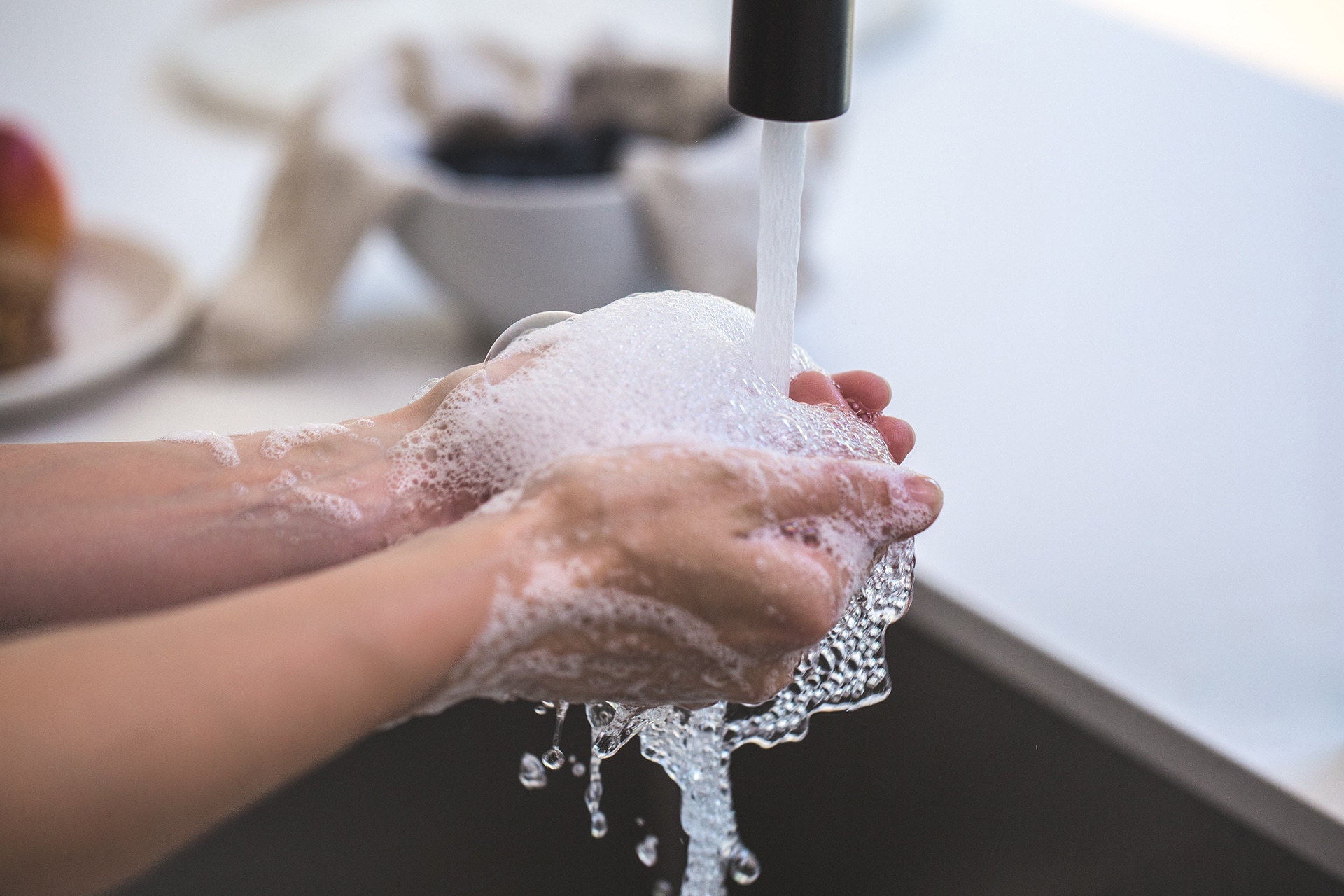The average person spends 92,120 hours at work over their lifetime. That’s a massive figure. So, its a no-brainer that workplace safety needs to be improved constantly. And this can be achieved by raising awareness on the importance of hygiene in the workplace. The spread of illness will then be controlled, creating a healthier, happier workplace.
Get ready to learn the dirty truth about workplace hygiene.
So, let’s dig deeper and find out exactly what these dirty truths are. And once we’re done, why not share them with your team?
1. Germs Are Big Commuters
An involuntary respiratory convulsion, commonly referred to as a sneeze, can travel a distance of up to 10 metres from the source, averaging a speed of 40 kilometres per hour, which is about as fast as Usain Bolt!
Unfortunately, this split-second event poses a big threat to the overall hygiene and health of those in close proximity. Consequently, this calls for good hygiene measures. And you know what? Cleaning your hands with soap and warm water or a hand sanitiser is one easy way to help stop the spread of these “big commuters”.
Principally, hand cleaning should be done right after any contamination, be it a sneeze, a cough, or any other scenario where your hands come into contact with potential nasties.
2. Germs Love Moisture
Washing your hands alone isn’t sufficient to stop the spread of germs. Believe it or not, these little disease-causing microorganisms thrive best in warm and damp environments – like your clean but wet hands. But one thing’s for sure: drying your washed hands thoroughly will almost certainly prevent the spread of these germs. Only then will you have completed the hand hygiene process.
A Fresh & Clean hand dryer completely dries your hands in ten seconds. There are ‘no touch’ options, ensuring that germs are not passed on from touching contaminated surfaces.

3. Hand-to-Hand Contact Spreads Germs
How many hands have you held today? The fact of the matter is that many communicable diseases are spread through touch. Be it a simple greeting or holding hands with a loved one, germs can be transmitted.
We can’t be sure how many people stick to the routine of cleaning their hands in scenarios such as:
- After blowing their nose
- After contact with blood or body fluids
- After contact with contaminated surfaces
- After handling garbage
- After handling pet food or pet treats
- After sneezing in their hands
- After visiting the washroom
- Before and after handling food
- Before and after treating a cut or wound
- Before inserting and removing contact lenses
- Before preparing or taking medications
- Handling pets, animals or animal waste
- Visiting or caring for sick people
Therefore, intercept germ transmission by practising good hand hygiene.
4. Common Touch Points can Harbour Bacteria
In the workplace, common touch points, including door handles, can harbour a lot of harmful germs and bacteria. The simple truth is hundreds have probably grabbed those handles since they were last cleaned. Here’s something else to keep in mind: bathroom surfaces can harbour up to one million bacteria per square centimetre. No joke.
The good news is that you can opt for a smart and hassle-free approach to your workplace health and hygiene. How? Just get Fresh & Clean to help you keep these workplace areas sanitary.
5. You can Sanitise Hands in Just 30 Seconds
You only need 30 seconds to eliminate the cycle of infection. That’s right, just half a minute will do the trick. A good quality antibacterial hand sanitiser will kill 99.9% germs in that time. And along with killing all germs, a hand sanitiser also leaves your hands cleaner and softer.
Be warned that infectious bacteria can live on a surface for up to 48 hours. Luckily, eliminating these bacteria takes just seconds. So, encourage everyone in the office to practise hand hygiene.
6. A Single Sneeze can Launch Bacteria and Viruses
Remember how your parents always insisted that you should cover your mouth and nose when you sneeze? And wash your hands right after? And that by doing so, you’d prevent the spread of illness-causing germs? Well, it turns out they were right all along.
All you have to do each time you sneeze, whether into your hands or a tissue, is to remember to wash your hands right afterwards with warm water and soap. By washing these germs away, you’ll stop them in their tracks.
Here’s something you probably don’t know: “The longest sneezing fit ever recorded is that of Donna Griffiths (UK, b. 1969) who started sneezing on 13 January 1981 and surpassed the previous duration record of 194 days on 26 July 1981. She sneezed an estimated one million times in the first 365 days and achieved her first sneeze-free day on 16 September 1983 – the 977th day.”- Guinness World Records
7. Airborne Germs are the Most Resilient
Did you know that airborne germs and molecules are the most resilient? You can reduce their flight by always binning your trash. Stop the spread of airborne germs and odours by properly binning nappies, sanitary towels, tissues and other disposables.
A suitable sanitary bin should have a lift-flap mechanism that requires minimal contact. This ensures optimal hygiene. Better yet, it should have an anti-bacterial liner which kills 99.99 % of the germs. Which is precisely why Fresh & Clean sanitary bins have just that.
So there you have it, the seven dirty truths about workplace hygiene. Now that we’ve got that straight, why not go ahead and share these truths?
For a delightfully fresh and sparkling clean workplace, contact Alsco’s Fresh & Clean service. It’s convenient, hygienic and affordable. Get in touch today.

